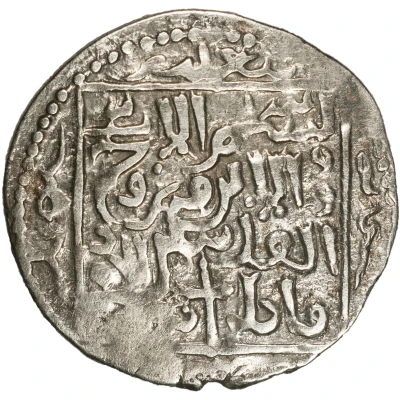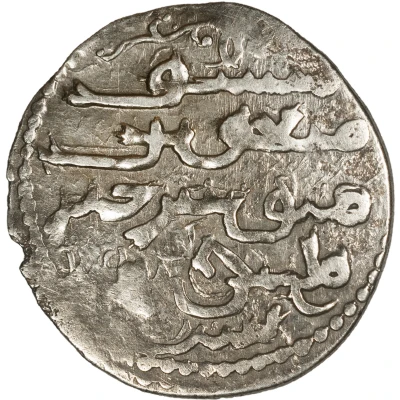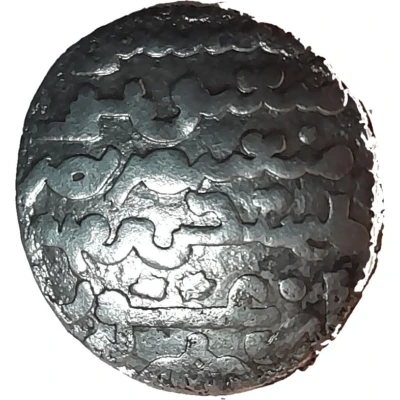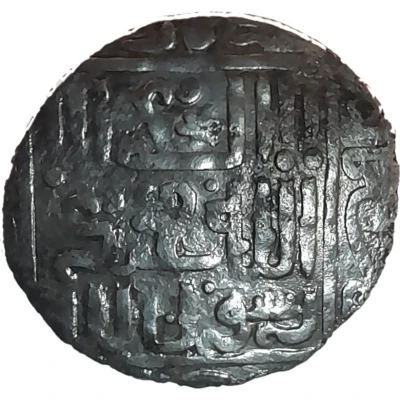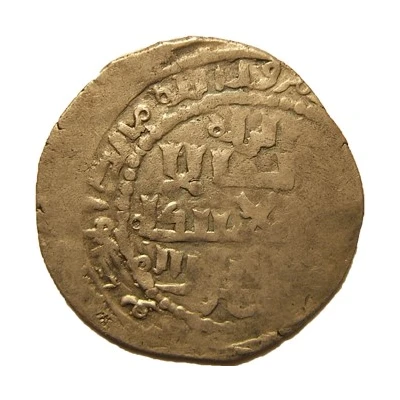
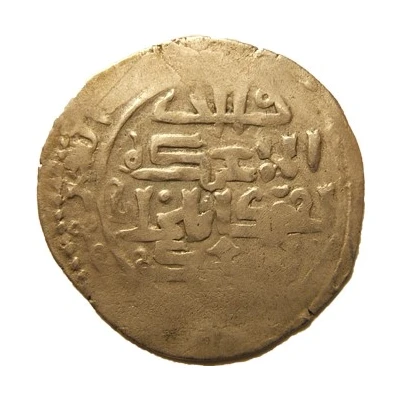

© Altaycoins
Dirham - "Ilkhan" Ahmad Tekudar ND
| Silver | 3.1 g | 25.5 mm |
| Issuer | Ilkhanate |
|---|---|
| Sultan | Ahmad Tegüder (1282-1284) |
| Type | Standard circulation coin |
| Years | 1282-1284 |
| Value | 1 Dirham (0.7) |
| Currency | Dinar (1256-1388) |
| Composition | Silver |
| Weight | 3.1 g |
| Diameter | 25.5 mm |
| Shape | Round (irregular) |
| Technique | Hammered |
| Orientation | Coin alignment ↑↓ |
| Demonetized | Yes |
| Updated | 2024-10-06 |
| Numista | N#150069 |
|---|---|
| Rarity index | 97% |
Reverse
Qaan
al-a'zam
ahmed ilkhan
al-mu'azzam
Edge
Rough
Comment
Also known as Sultan Ahmad (reigned 1282–1284), Ahmed Tekudar was the sultan of the Persian-based Ilkhanate, son of Hulegu and brother of Abaqa. When Tekuder assumed the throne in 1282, he turned the Ilkhanate into a sultanate. Tekuder zealously propagated his new faith and sternly required his ranking officers to do the same. However, his nephew Arghun, the governor of Khorasan, was a Buddhist; and asked Kublai Khan, the Great Khan of the Mongol Empire and the emperor of the Yuan Dynasty, for help. Although, Kublai was angry with the situation, Arghun had to overthrow Tekuder himself given that the Great Khan's empire was far away from Persia.Tekuder sent a friendly letter to the Mamluk sultan and wished for peace. His conversion to Islam and his ties with the Mamluks were poorly viewed by Mongol nobles. When Arghun received no reply, he declared war against Tekuder. Tekuder requested help from the Mamluk Sultan, but the Mamluks did not fully co-operate with Tekuder. Having a small and inferior army, Tekuder was defeated by Arghun's larger army, and he was eventually executed on August 10, 1284.
Interesting fact
One interesting fact about the Ahmad Tekudar Dirham coin is that it features a unique blend of Islamic and Mongolian influences in its design. The coin's obverse side bears the name of the Mongolian emperor, Khublai Khan, in Mongolian script, while the reverse side features an Arabic inscription with the name of the Ilkhanate ruler, Ahmad Tekudar, and the date of minting in the Islamic calendar. This blending of cultures reflects the diverse nature of the Ilkhanate Empire, which was a Mongolian khanate that ruled over a vast territory that included present-day Iran, Azerbaijan, and parts of Turkey and Iraq.
